15 Things Your Phone Replaced Without a Warning

Your phone didn’t just get smarter—it quietly became the Swiss Army knife of your life. One day you were juggling gadgets, and the next, they were all living in a rectangle that pings you at 2 a.m.
It’s convenient, sure, but it also changed how we plan, remember, and even wake up. Let’s take a tour of the tools your phone replaced while you were busy scrolling.
1. Landline Phones

Remember the low hum of a dial tone? That sound now lives in nostalgia archives, because your smartphone delivers voice, video, and voice notes without anchoring you to a wall. Caller ID, voicemail transcription, and contact photos turn conversations into mini databases. Even your “missed call” anxiety has evolved into notification triage.
There was a time when you memorized numbers like birthdays. Today, contacts are synced across devices and backed up to clouds you’ll never see. While convenience skyrocketed, mystery diminished: we know who’s calling, where they are, and sometimes why. Spontaneity got replaced by scheduling links.
On the flip side, mobility means connection from anywhere—couchella, commute, or mountaintop. The phone also blurs work and life, ushering in late-night pings. It’s power and pressure in one palm-sized portal, a tether that travels.
2. Cameras

From snapshots to cinema, the rectangle in your pocket delivers lenses, editing, and endless storage. Dual sensors, night mode, and computational magic mean great photos without hauling a DSLR. Your vacation album lives in burst mode, backed up before you’ve even left the beach. Add filters and it’s suddenly “professional.”
Photography used to be deliberate: 24 frames, pick your moment, then wait for prints. Now it’s relentless abundance, where quantity and immediacy rule. The darkroom became a tap on “Auto Enhance,” and composition is whatever looks good in a square.
Still, phones democratized visual storytelling. Everyone can document, create, and share within seconds. That power reshaped news, art, and memory itself. But it also tempts us to curate endlessly, aiming for the perfect highlight reel instead of the imperfect, beautiful real.
3. Maps

No more unfolding a paper atlas so big it doubles as a tent. Turn-by-turn navigation whispers directions while traffic data reroutes you mid-commute. Street View scouts unfamiliar neighborhoods; offline maps save you in signal deserts. Pins, lists, and reviews turn wandering into a curated treasure hunt.
Paper maps demanded foresight, a highlighter, and maybe a co-pilot. Now every missed exit is forgivable with a quick “recenter.” The surprise is that convenience can also reduce spatial memory—why learn a city when your phone remembers?
Still, digital maps empower exploration: transit arrivals, bike lanes, and accessibility details live at your fingertips. You can share ETAs, dodge construction, and discover hidden eateries. The trade-off is data: your path becomes a datapoint. In exchange, you’re seldom truly lost—unless the battery is.
4. MP3 Players
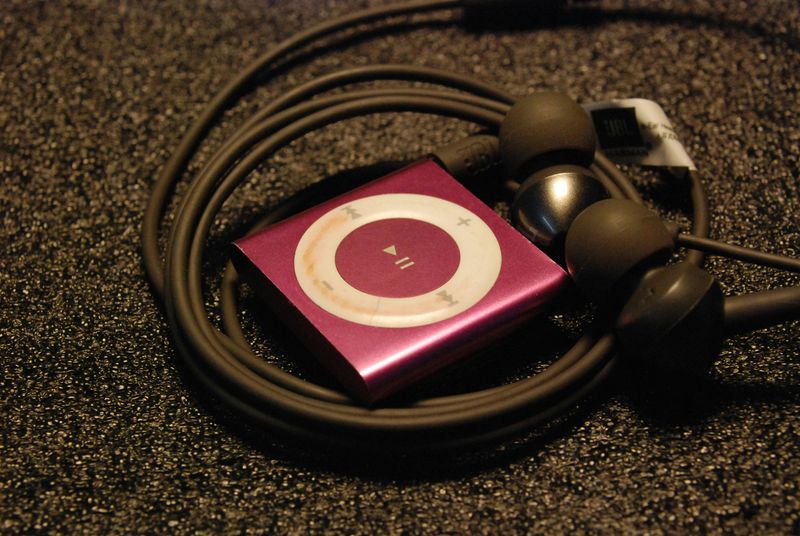
Every playlist you could want rides shotgun in your pocket now. Streaming apps unlocked a universe of songs while algorithms DJ your mood. Play, pause, skip—no wheel to spin, no files to drag and drop. Your library is a cloud, your taste a data profile.
Owning albums once felt like a commitment: liner notes, artwork, the ritual of pressing play. Today the buffet is endless, but attachment can be fleeting. Discovery happens in For You tabs and viral snippets rather than dusty record bins.
Battery life and Bluetooth earbuds turned commutes into concerts and chores into dance floors. The downside? Subscription fatigue and fragility—no service, no songs. Still, the convenience is unmatched: one device, infinite soundtracks, and recommendations that sometimes know you too well.
5. Alarm Clocks
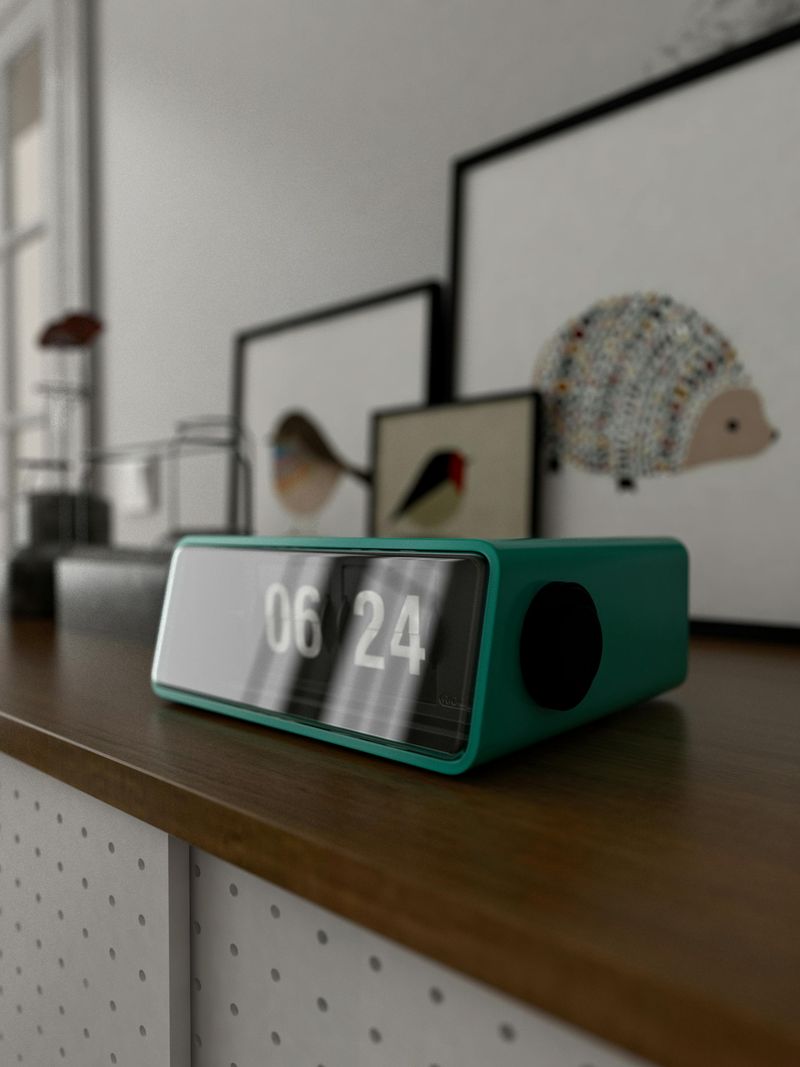
The “good morning” buzz likely comes from your nightstand rectangle, not a bell-haired contraption. Multiple alarms, gentle wake tones, and sunrise simulations replaced the single snooze button. Sleep tracking now charts your nocturnal fumbles like a coach with spreadsheets. Night mode dims, Focus silences, and you promise to stop scrolling—tomorrow.
Standalone alarms were stubborn but dependable. Phones add intelligence—weekday schedules, travel time nudges, and weather-readiness—all synchronized across calendars. Yet temptation lives inches away: one tap from wake-up to infinite doomscroll.
Still, adaptability wins. Need a nap timer or jet lag schedule? Done. Want white noise, rain sounds, or a podcast fade-out? Also done. The trade is discipline: the tool that wakes you is the same one that keeps you up.
6. Calculators

Math homework helper and budget tracker rolled into one glass slab. Scientific mode hides behind a sideways tilt, and specialized apps handle tips, mortgages, and statistics. Screenshots turn worked problems into sharable notes, and history logs reduce “how did I get that?” moments.
Pocket calculators once dominated backpacks and desk drawers. Now arithmetic lives beside your chats and music, always within thumb’s reach. Convenience is king, but so is distraction—one notification and your formula evaporates.
For professionals, advanced calculator apps replicate graphing features, unit conversions, and symbolic math. Optical character recognition even reads equations from paper. The phone’s true edge is integration: copy results into messages, invoices, or spreadsheets instantly. Numbers never traveled so quickly—from brainwave to bottom line.
7. Flashlights
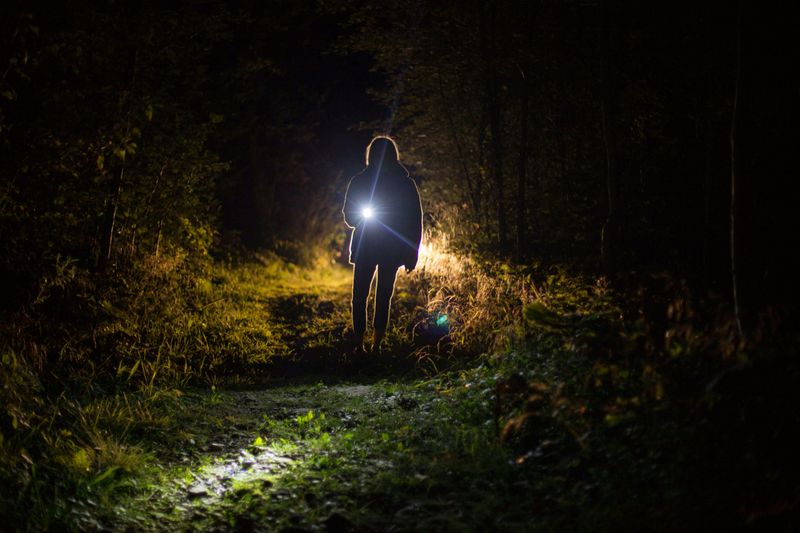
One tap summons a beam brighter than the clunky torch in your kitchen drawer. The LED on your phone doubles as a safety net during power outages and late-night key hunts. Adjustable brightness and quick-access gestures make it a reflex, not a rummage.
Standing flashlights had character, sure, but also dead batteries and missing bulbs. Phones win on availability: you always have one, even if it isn’t rugged. And because it’s software-defined, the light can strobe, signal SOS, or dim for reading.
There’s a caveat: that brightness taxes your battery, and moisture is no friend to exposed ports. Still, the pocket flashlight reshaped expectations. We don’t plan; we improvise. The best flashlight became the one you’re already carrying, seconds from shining.
8. Calendars & Planners

App reminders keep everyone on schedule, transforming chaos into color-coded sanity. Shared calendars align households, teams, and group trips with a tap. Natural language input makes “Lunch with Dan Friday at 12” a calendar event without fiddly forms. Time zones? Automatically tamed.
Paper planners had flair: stickers, pens, and satisfying page turns. But they struggled with reschedules, recurring events, and real-time collaboration. Phones excel at flexibility—drag to move, tap to invite, swipe to snooze—and everything syncs across devices.
Downsides include notification fatigue and an over-optimized life that leaves little room for serendipity. Still, productivity thrives when plans live where you do. Your phone doesn’t just schedule time; it guards it, delegates it, and sometimes, overbooks it for you.
9. Radios
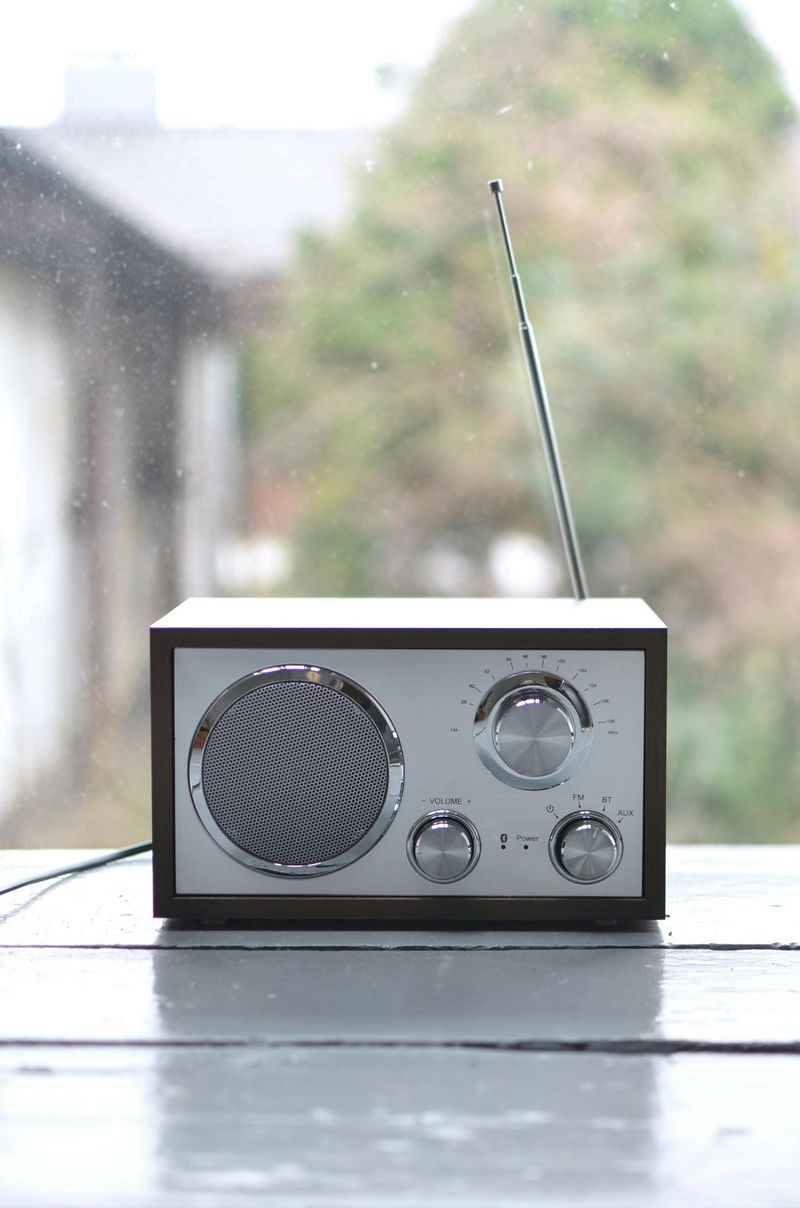
Podcasts and streaming replaced the old dial’s crackle with on-demand audio galore. There’s a show for every obsession, and music stations that morph to your taste. Offline downloads make flights and subways sound-rich instead of silent. Your favorites follow you across devices without static.
Analog radios invited serendipity: a DJ’s surprise pick, a signal drifting at night. Phones curate relentlessly—great for control, tough on discovery. Yet algorithmic stations try to recapture that happy accident, with mixed success.
For news, your feed updates faster than a traffic report. For sports, real-time alerts beat waiting by the stereo. The communal ritual of tuning in changed, but the love of audio didn’t. It just got personalized, portable, and perpetually available.
10. Photo Albums

Memories live in the cloud instead of collecting dust on a shelf. Automatic tagging, face recognition, and location data transform photos into searchable stories. Slideshows assemble themselves while you’re still at the party, and sharing is a link, not a stamp.
Albums once demanded curation, corners, and patience. Today we rely on machine organization and let the algorithm pick our “Best Of.” It’s efficient, if occasionally eerie, when your phone resurfaces last summer’s sunset on a rainy Monday.
Preservation is both stronger and more fragile: redundant backups protect against floods, yet passwords become the new attic key. The trade-off is tactile warmth for infinite access. Every memory is a tap away—until it isn’t, so please back up.
11. Newspapers & Magazines

Scrolling replaced flipping pages, and headlines refresh before the ink would’ve dried. Push alerts, newsletters, and paywalls form the morning ritual, often from bed. Multimedia layers—videos, infographics, comments—reshape how we digest the day.
Print had a rhythm: weekend editions, long reads over coffee, a stack on the table. Digital news is relentless, tailored, and sometimes overwhelming. Algorithms prioritize engagement, not always enlightenment, nudging us into bubbles.
Still, access exploded: international coverage, niche publications, and independent voices are a tap away. Offline reading saves subway commutes; text-to-speech narrates while you commute. The challenge is curation—choosing signal over noise in a feed with no end.
12. Plane Tickets & Boarding Passes
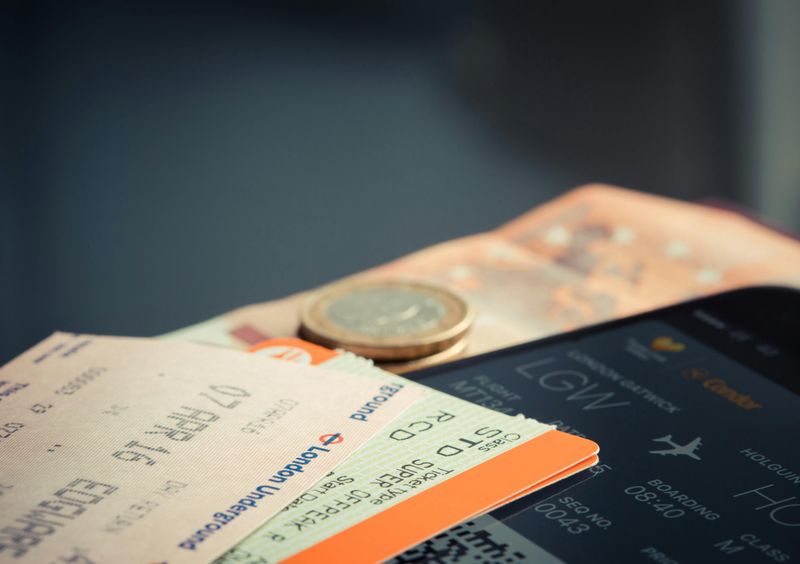
No more paper stubs at the airport; barcodes now live in your lock screen wallet. Real-time gates, delays, and seat maps update faster than announcements. Early check-in taps cut lines, and digital IDs loom on the horizon.
Paper boarding passes made souvenirs and origami cranes. Phones trade keepsakes for convenience—share itineraries, store hotel confirmations, and get boarding reminders. Even luggage tracking joins the hub, easing that carousel suspense.
When batteries dip, stress spikes; the power outlet becomes your sacred shrine. But with offline passes and wearables, redundancy improves. Travel got smoother and more searchable, even if the joy of collecting ticket stubs faded with the printer.
13. Payphones

The idea of inserting a quarter to call someone is ancient history. Those glass booths became relics, graffiti canvases, or hotspots in disguise. Mobile coverage grew, and with it, the expectation of reachable-anytime-anywhere.
Payphones once served as lifelines: emergency calls, awkward collect messages, and secret rendezvous. Now 911 is in every pocket, and messaging beats coins and dial tones. Urban landscapes lost a quirky fixture, but gained fewer reasons to carry change.
The downside is dependence: when your battery or signal fails, redundancy is rare. Some cities kept a handful for emergencies, or repurposed them as Wi‑Fi hubs. Nostalgia rings, but the dial tone is gone.
14. Wallets
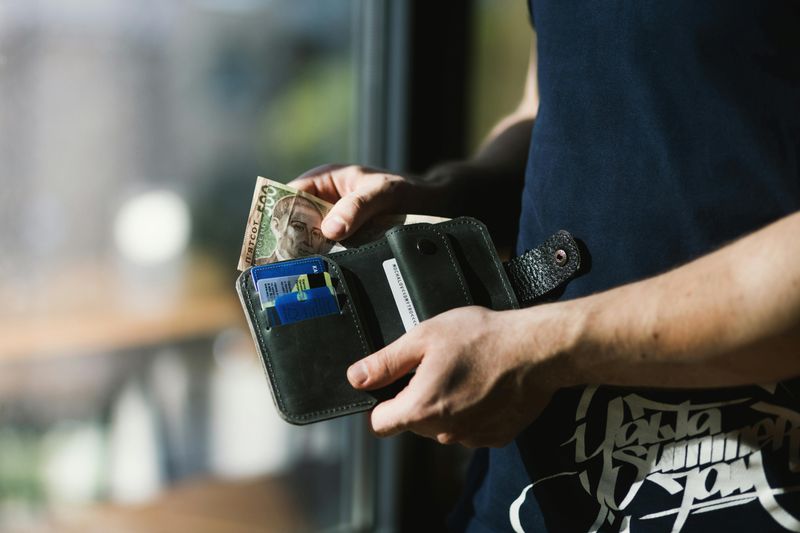
Tap to pay instead of digging for cash, and your loyalty cards became pixels. Transit passes, event tickets, and gift balances live in one tidy app. Biometric locks guard your funds, and receipts email themselves into tax season.
Physical wallets still matter for IDs and that stubborn cash-only spot. But phones smooth the checkout dance: faster terminals, split bills, and instant refunds. Even peer-to-peer transfers feel like texting money with emoji receipts.
Security is a mix of magic and management—tokens, face scans, and the eternal quest for strong passcodes. When it works, it’s frictionless; when it fails, you’re the person holding up the line. Still, the future jingles less and taps more.
15. Dictionaries

You don’t “look it up,” you just Google it, and definitions arrive faster than you can say sesquipedalian. Pronunciations play aloud, translations appear in context, and synonyms stack like thesaurus dominoes. The barrier to understanding shrank to a tap.
Paper dictionaries were doorstops with gravitas. They taught you to browse and stumble on words you didn’t intend to find. Digital tools trade serendipity for speed and keep you in the flow of reading.
Now language evolves in real time—slang gets entries, etymologies update, and usage notes adjust. OCR and camera input translate menus mid-bite. The price is attention: the app that defines a word can also send you three notifications you didn’t need.

Comments
Loading…